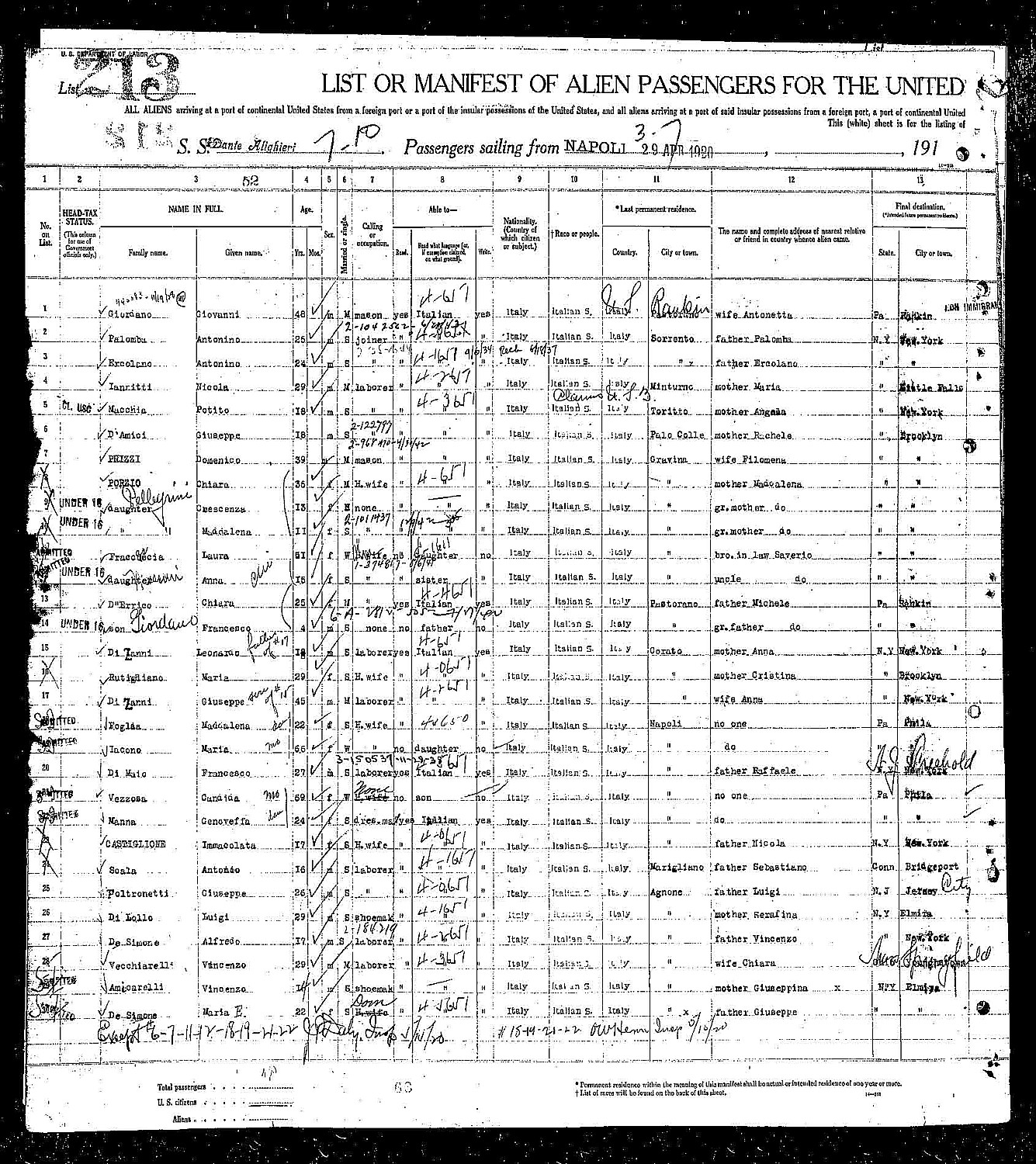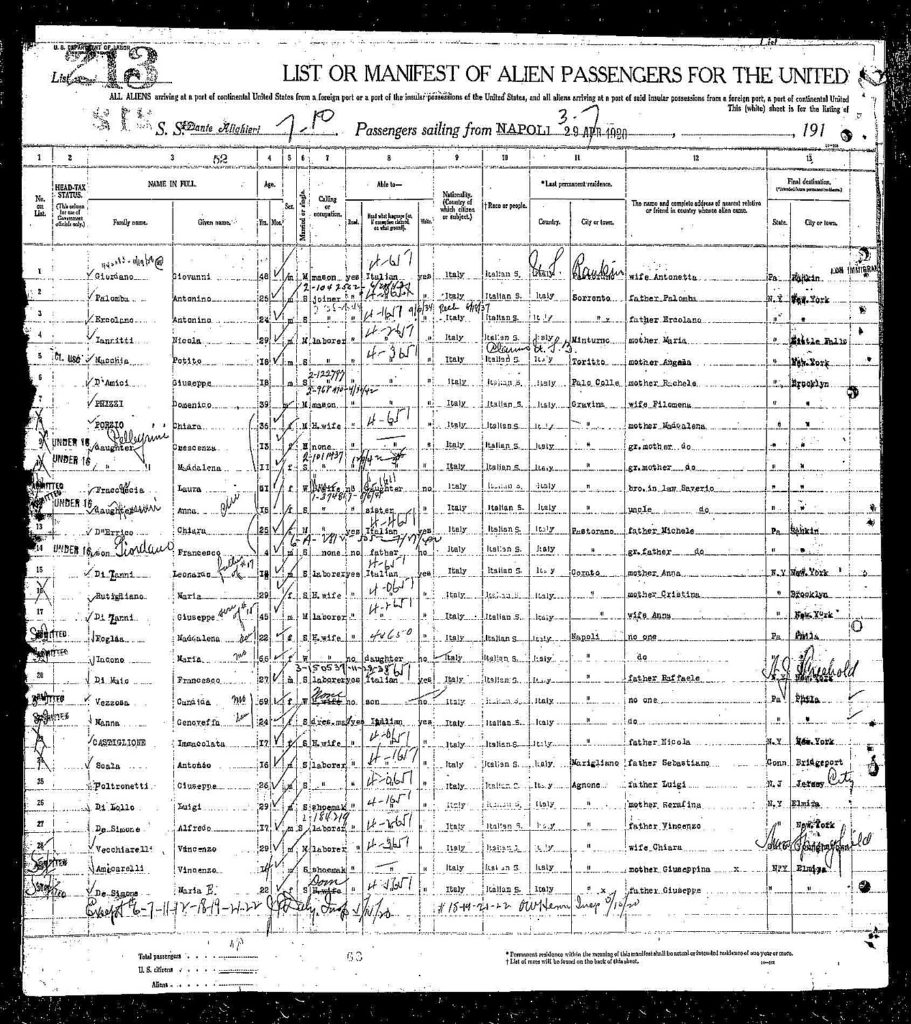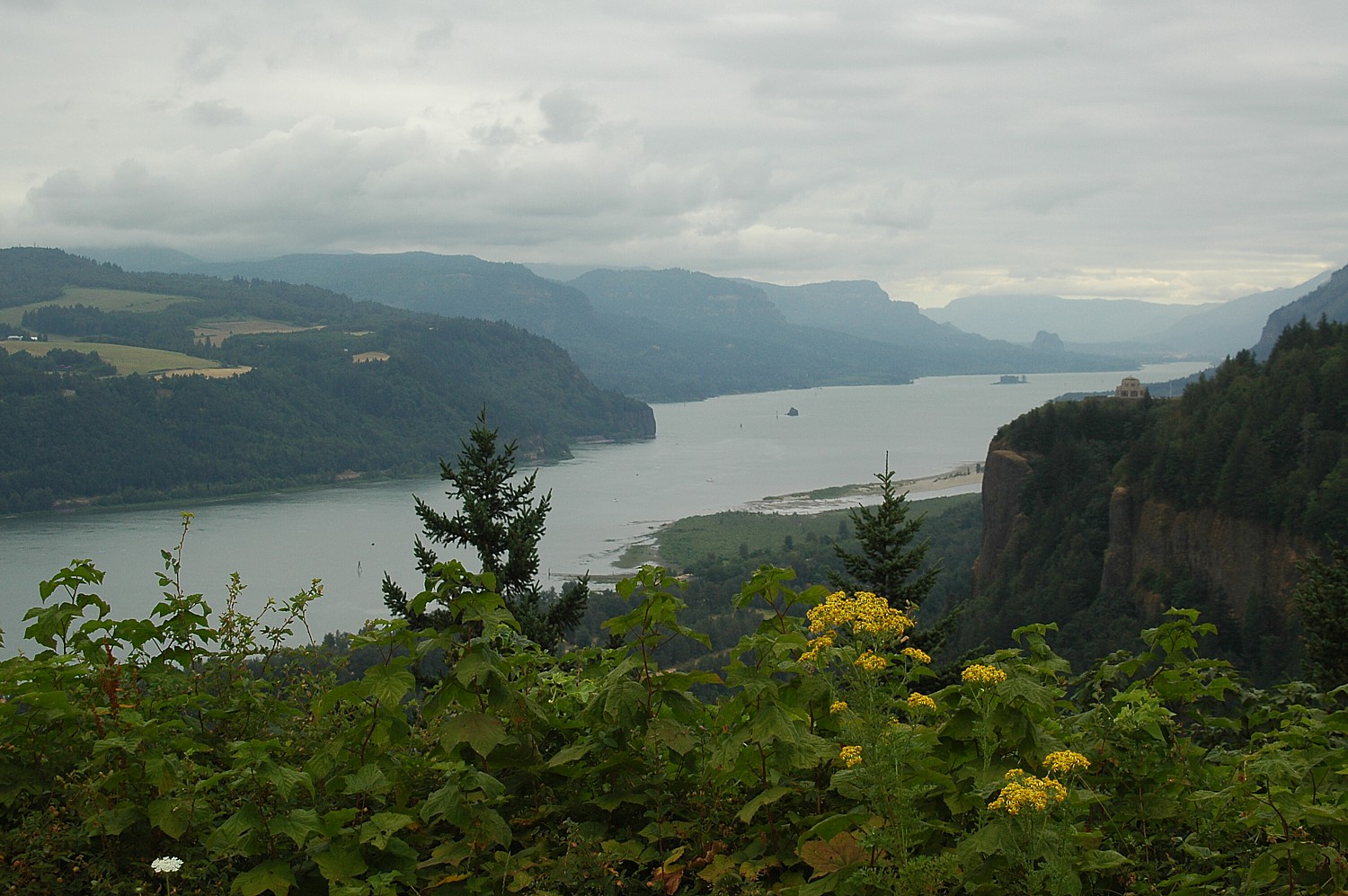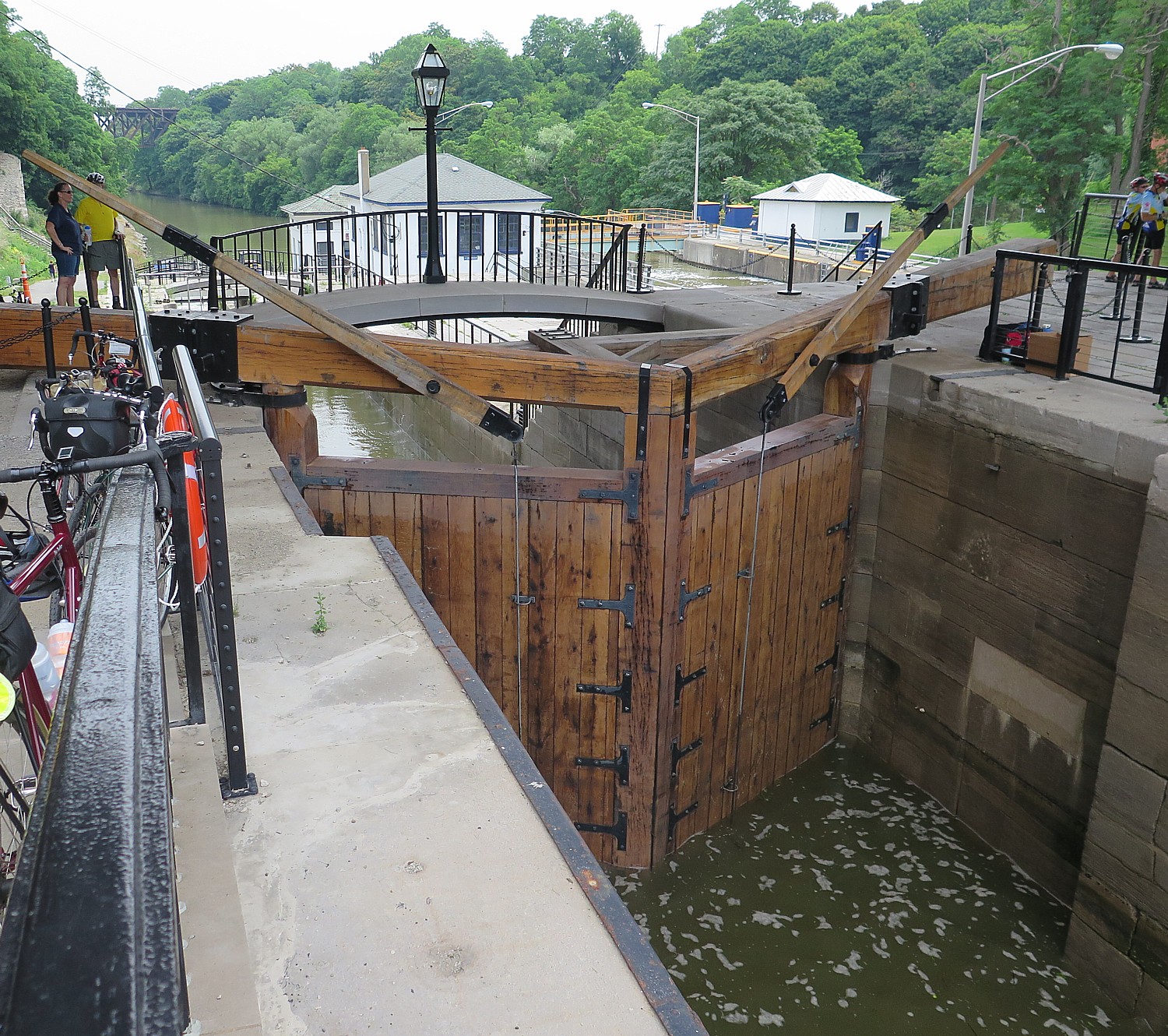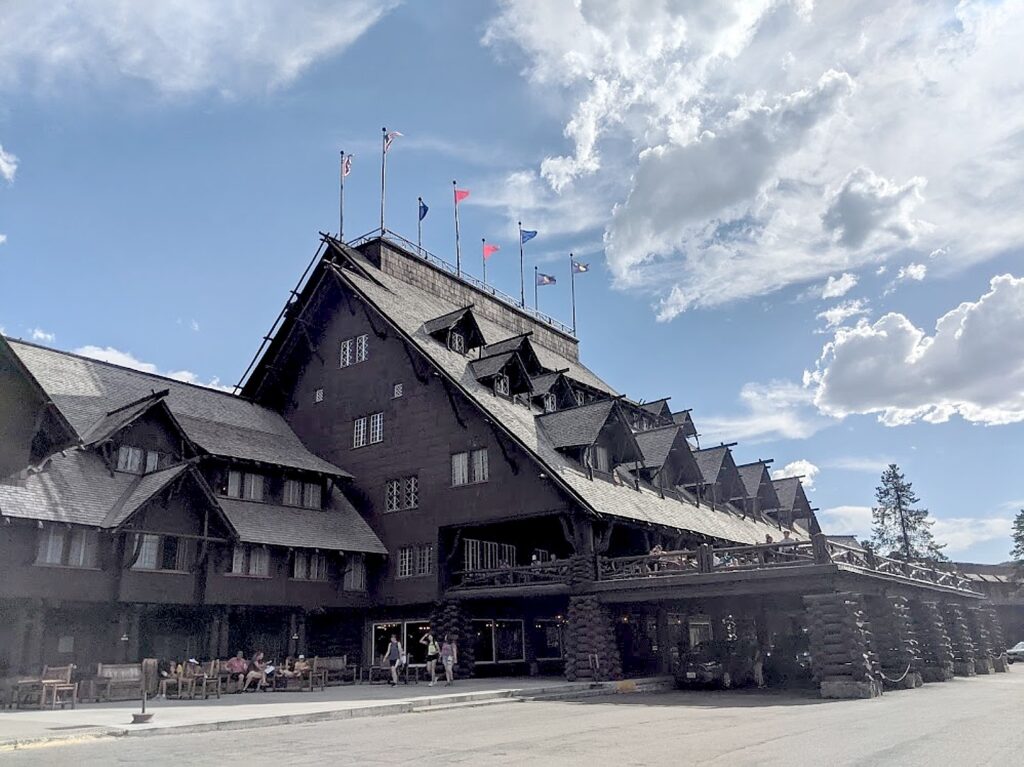
In the spirit of honoring past leaders and indulging in a touch of luxury, what better way to celebrate President’s Day than by immersing oneself in the historic footsteps of former U.S. presidents? From the majestic views of the Grand Canyon to the quaint charm of the Sheridan Inn in Wyoming, and from the opulent Broadmoor in Colorado to the iconic Old Faithful Inn in Yellowstone National Park, there’s a wealth of presidential vacation spots waiting to be explored. Imagine basking in the same ambiance that once hosted the likes of Theodore Roosevelt, Calvin Coolidge, and Bill Clinton.
Uncover fascinating tales of presidential visits, cultural significance, and the timeless allure of these remarkable retreats. Join us on a journey through history and luxury, as you vacation like a president this President’s Day.
El Tovar, Grand Canyon National Park, South Rim
Widely considered the crown jewel of the Historic National Park Lodges, El Tovar is located directly on the Grand Canyon’s Rim and first opened its doors in 1905. The hotel was designed by Charles Whittlesey, Chief Architect for the Atchison, Topeka, and Santa Fe Railway. The Chicago architect envisioned the hotel as a cross between a Swiss chalet and a Norwegian Villa. This was done to appeal to the tastes of the elite from that era, who at the time considered European culture the epitome of refinement. The hotel was built from local limestone and Oregon pine. It cost $250,000 to build, and many considered it the most elegant hotel west of the Mississippi River.
In 1987 the Hotel was designated a National Historic Landmark. In the past, the hotel has hosted such luminaries as Albert Einstein, Western author Zane Grey, Sir Paul McCartney, Oprah Winfrey, and countless others.
U.S. Presidents who have stayed at El Tovar include Theodore Roosevelt, William Howard Taft, Gerald Ford, George H.W. Bush, Herbert Hoover, Calvin Coolidge, Dwight Eisenhower, and Bill Clinton.
The Sheridan Inn, Sheridan, Wyoming
Constructed in 1892 as part of a railway extension program, the Sheridan Inn was designed by Omaha architect Thomas R. Kimball. Drawing inspiration from Scottish hotels, the architect included the iconic wraparound porch and a bountiful number of dormered windows in his design. In a short six months, the Inn was constructed and upon completion was the first building in the area furnished with electrical power and bathtubs, giving adventurous travelers a taste of Eastern luxury in the West and was considered the finest hotel between Chicago and San Francisco.
Buffalo Bill Cody frequented the Sheridan Inn as part owner and soon turned the Sheridan Inn into the headquarters for his Wild West Show, from which he auditioned new members from the iconic front porch of the Inn. Local Sheridan cowboys and cowgirls were recruited, including George Gardner and Tode Bard, to join the show and travel to Europe with Buffalo Bill.
With a massive ballroom and a dining room table large enough to seat 165 people, the Sheridan Inn was the social hub for the area, hosting grand dances and dinners. The 64 hotel rooms hosted new residents of Sheridan who stayed at the Inn while their houses were being built and ranchers would spend their weekends at the Inn. Early prices at the Sheridan Inn were one dollar per night and fifty cents for lunch or dinner. Over the years, The Sheridan Inn drew notable guests from far and wide, such as Ernest Hemingway, President Hoover, Will Rogers, and Bob Hope.
Today guests can choose from one of the Inn’s 22 rooms, which have been uniquely designed and named after important figures in Buffalo Bill’s life. Reserving a room involves looking over a Room Menu and selecting from such options as the “Sitting Bull Room” or “Annie Oakley Room”. Each suite presents the times and individual histories of the person in the room’s overall finish and furnishings, artifacts, and exhibits.
THE BROADMOOR, Colorado Springs, CO
The Broadmoor has hosted many (actually, most) U.S. presidents in its 106-year history, including Dwight Eisenhower, who would visit the resort regularly to play golf and learn from pro-Ed Dudley. Fun fact: George W. Bush gave up drinking after a big 40th birthday celebration at the resort’s The Golden Bee gastropub. From the Obamas to the Roosevelts, The Broadmoor has had its share of presidential stays in this uniquely Western resort, which spans 5,000 acres and is a gateway to the Rocky Mountains.
One can roam the hallway between Broadmoor West and the West Tower to see The Broadmoor’s photo gallery. The gallery includes framed portraits of distinguished guests (including presidents) who have stayed at the resort over the decades, from Prince Harry to Bob Hope.
The Oasis at Death Valley, Death Valley, California
The Oasis at Death Valley was originally called Furnace Creek and is a true American oasis where 80,000 gallons of ancient water rise to the surface every day. The Native Americans, prospectors, settlers, and 49ers all knew about the water there and the oasis. Eventually, the land was purchased by the Pacific Borax Company which mined and hauled borax out of the valley with the famed Borax 20 Mule Teams of the 1880s. The mules and miners were based at Furnace Creek.
The resort was originally built by the Pacific Borax Company in the late 1920s and would become the getaway winter spot for Hollywood celebrities such as Clark Gable, and Ronald Reagan, and where George Lucas filmed scenes from the original Star Wars movies because of the stunning natural beauty in daylight.
Over the years in addition to the Inn, the Ranch was expanded, and amenities and facilities were added for the enjoyment of travelers and vacationers including casual lodging, restaurants, a general store, a golf course, tennis courts, a gas station, official U.S Post Office (Zip Code 92328), RV parking and of course, a saloon.
Old Faithful Inn, Yellowstone National Park, WY
A U.S. National Historic Landmark, the Old Faithful Inn has been a member of Historic Hotels of America since 2012. This iconic holiday destination is located in the heart of Yellowstone National Park, specifically next to its legendary Old Faithful geyser. The hotel itself was originally constructed upon the grounds of the former Upper Geyser Basin Hotel, which had collapsed during the 1890s. Its initial owner had been Jay Cooke, a prominent railroad tycoon who had long entertained the idea of preserving the area that now constitutes Yellowstone National Park. Cooke’s team at the Northern Pacific Railroad subsequently debuted the Upper Geyser Basin Hotel in 1883 and was thus obligated to construct a replacement when the former was destroyed a decade later.
Opening in 1904, the newly created “Old Faithful Inn” immediately became one of Yellowstone’s most popular attractions. The hotel was soon hosting many influential people over the following decades, including U.S. Presidents like Warren G. Harding and Calvin Coolidge. Two earlier presidents, Chester A. Arthur and Theodore Roosevelt, had camped at the site back long before the Old Faithful Inn opened. Lastly, First Lady Laura Bush stayed at this iconic inn in 2002.
Cody and Yellowstone National Park, Wyoming
Many presidents have been spotted in the state’s northwestern region known as Cody Yellowstone, which includes the town of Cody, as well as parts of Yellowstone National Park. To start, Chester A. Arthur visited Yellowstone National Park in 1883 with a large entourage and was intent on having an authentic Western experience. Arthur kept in touch with the outside world and engaged in presidential business with one daily mail courier on horseback who delivered and received Arthur’s messages.
President Calvin Coolidge visited Cody on July 4, 1927, for the opening of the Buffalo Bill Museum, the first of five museums that comprise the Buffalo Bill Center of the West. Theodore Roosevelt was a big fan of the state, and he made several trips during his presidential tenure and returned to Wyoming to vacation after he left Washington. In 1903, during his final visit to the park for a two-week vacation, he visited the Norris Geyser Basin where he spent two nights at the Norris Hotel. During that trip, he laid the cornerstone for the park’s Roosevelt Arch. Although the arch is in the state of Montana at the northern entrance to Yellowstone, Wyoming celebrates the grand structure too, as most of the park is in Wyoming.
Years later, Theodore’s fifth cousin Franklin took office, and he also left his mark on Yellowstone Country. When he visited the park, he avoided the park hotels, many with multiple floors and no elevators, and instead was a guest of the lodge manager in his single-floor park home, which could better accommodate his wheelchair while at the same time keeping it from public view.
Some other notable names include President George H.W. Bush, President Bill and First Lady Hillary Clinton, President Barack Obama and his family, First Lady Melania Trump, and President Jimmy Carter dined at the employee pub at the park’s Lake Lodge where he signed the wall of the pub, still visible to guests today. Lastly, President Warren Harding visited the park in 1923, shortly before he died, and the staff in the park named a geyser after him.
For more travel features, visit:
Going Places @ theisland360.com/travel
goingplacesnearandfar.wordpress.com
travelwritersmagazine.com/TravelFeaturesSyndicate/
goingplacesfarandnear.tumblr.com/
instagram.com/going_places_far_and_near/
instagram.com/bigbackpacktraveler/
‘Like’ us on facebook.com/NewsPhotoFeatures
Twitter: @TravelFeatures

